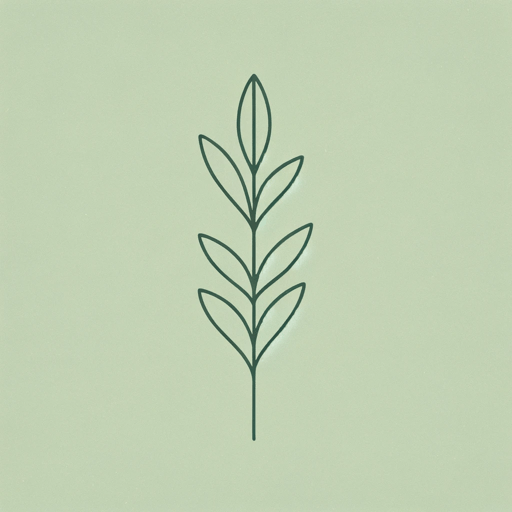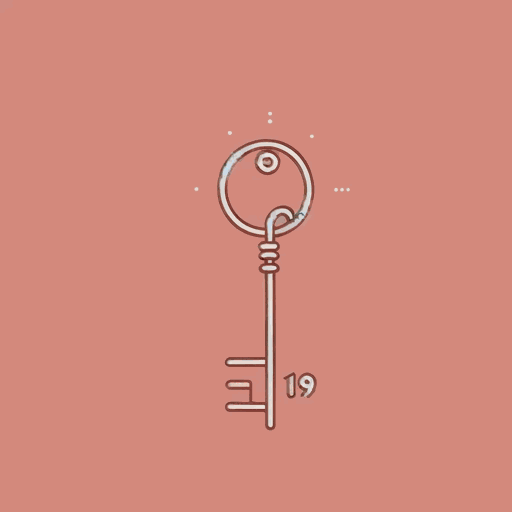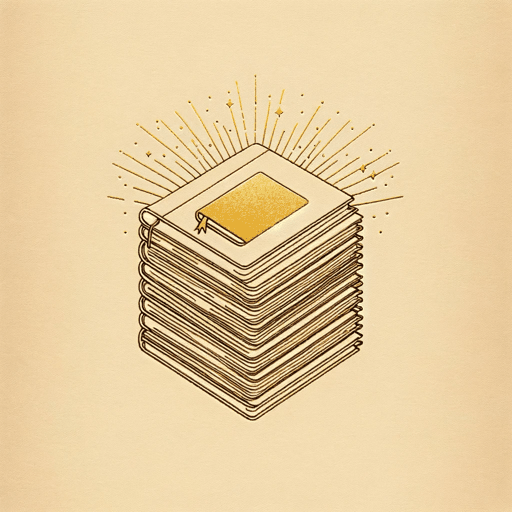68 pages • 2 hours read
Doris LessingThe Golden Notebook
Fiction | Novel | Adult | Published in 1962A modern alternative to SparkNotes and CliffsNotes, SuperSummary offers high-quality Study Guides with detailed chapter summaries and analysis of major themes, characters, and more.
Summary and Study Guide
Overview
Considered the most influential of Doris Lessing’s many novels, The Golden Notebook explores the development of a young writer. Anna Wulf has published one novel, Frontiers of War, to great acclaim, but she now finds herself uncomfortable with what she sees as its sentimentality and romanticization of war. Thus, she remains mired in a kind of writer’s block. She still writes in her notebooks, but she cannot bring herself to return to writing novels—especially in a world still riven by war, political despotism, and disillusionment. She also has a difficult time reconciling herself to the conventional morality that dominates the 20th century, and as such, she finds herself an outsider in London society. Her notebooks—of which there are four, each with its own color and its own constellation of topics—are interspersed with the novel-within-the-novel, Free Women, revealing that Anna will eventually overcome her block and recover the unified identity that allows her to write. Originally published in 1962, The Golden Notebook was hailed as an unparalleled work of feminist fiction—though Lessing herself was not always comfortable with that designation. Instead, the Nobel laureate regarded her signature novel as the work of an artist seeking to understand and confront the disruptions of the 20th century. Set in the 1950s, during the Cold War, the novel tackles the complexity of the post-World War II period, the rapidly changing nature of gender relations, and the political realities of a polarized time.
All quotations in the guide, including those from the author’s introduction, come from the Simon & Schuster Bantam Book paperback, reprinted in 1981. This edition retains conventional British spelling and punctuation.
Note on Structure: While the novel does not expressly divide the Notebooks sections into chapters, this guide does so in an attempt to provide structure and clarity.
Content Warning: The novel expresses anti-gay bias and outdated and offensive views about mental health and psychoanalysis. The novel also depicts suicidal ideation and a suicide attempt, which this guide discusses.
Plot Summary
Anna Wulf is a writer. She is struggling with a creative block that comes after the success of her first novel—which she has dismissed as sentimental—and from the central problem of the 20th century: How does one create art amid the destruction of World War II and the imminent threat of World War III? Anna will eventually write another novel, Free Women, the protagonist of which is also named Anna Wulf. The text of that novel appears in The Golden Notebook as a novel within the novel. In Lessing’s novel, then, there are two characters named Anna Wulf: the fictional protagonist of Free Women and the actual woman who creates that fictional character. In addition to her work on Free Women, Anna Wulf the author keeps several notebooks in which she records her thoughts and experiences. She keeps the notebooks fastidiously separated by color and theme—black for her nostalgia regarding her time in Africa; red for her activities with the British Communist Party; yellow for her novel-in-progress; and blue for her personal diary and her experiences in psychotherapy—in order to compartmentalize her thoughts. It is the only way, Anna believes, that she can make sense of a rapidly disintegrating world.
Anna and her daughter, Janet, once lived with Molly Jacobs and her son, Tommy. Anna and Molly consider themselves unconventional, independent women, having refused to marry just for the sake of providing fathers for their children. They also both have a contentious relationship with Molly’s ex-husband and Tommy’s father, Richard, who remains a conservative, traditional figure. Richard is remarried, unhappily, to Marion, and he keeps a series of mistresses; he also makes a great deal of money in his work as a financial advisor. All of these characters are protagonists in Free Women, but they are also characters in the actual world of Anna’s notebooks. Their experiences differ in the two separate worlds—Tommy attempts to die by suicide in Free Women, but not in the notebooks, for example—though their characterization remains roughly similar.
In the black notebook, Anna recalls the events of her youth, spending time in Africa at the Mashopi Hotel with a group of friends before the war. It also contains accounts of the success of her first novel, Frontiers of War, and the various attempts by film and television producers to adapt it in ways that Anna views as contrary to the spirit and content of the novel. It is in Africa that Anna first dabbles in communism, and the red notebook captures her continuing disillusionment with politics in general and with the British Communist Party in particular.
In the yellow notebook, Anna is writing a novel, only partially completed, entitled The Shadow of the Third. It follows an affair, and its aftermath, between Ella and the married doctor Paul Tanner. Anna also records her own thoughts about the characters, their motivations and development, as well as her opinions on the function of the novel in general. Near the end of the yellow notebook sections, Anna also jots down several ideas for different short stories and novels; this notebook reveals a writer at work.
Conversely, the blue notebook, both a personal diary and an account of Anna’s time in psychotherapy, shows a writer frustrated, blocked by circumstances and overwhelmed by the precarious state of the world during the Cold War. Anna tells her therapist, Mrs. Marks, that she does not intend to write again—though the reader knows that this statement is untrue, as Anna is already writing again.
Finally, Anna realizes that the disparate notebooks are no longer serving her well. After a prolonged account of an affair with the American Saul Green, recorded in the blue notebook, she ends all four of the differently colored notebooks in favor of the golden notebook. Here, she merges all of the different aspects of her personality in order to create a cohesive whole. In it, Saul provides the first sentence to her next novel: “The two women were alone in the London flat” (3). This sentence will become the first sentence of the novel Free Women, written by Anna and interspersed among the notebooks. It is also, not coincidentally, the first sentence of The Golden Notebook itself, written by Lessing. The novel as a whole follows the formation of the writer, her return to writing after a long period of writer’s block. Only by breaking down the walls between her separate selves can she become the artist she is meant to be.
Related Titles
By Doris Lessing

A Woman on a Roof
Doris Lessing

Briefing for a Descent Into Hell
Doris Lessing

Martha Quest
Doris Lessing

No Witchcraft for Sale
Doris Lessing

Prisons We Choose to Live Inside
Doris Lessing

The Fifth Child
Doris Lessing

The Grass is Singing
Doris Lessing

Through the Tunnel
Doris Lessing

To Room Nineteen
Doris Lessing
Featured Collections
Books & Literature
View Collection
British Literature
View Collection
Colonialism Unit
View Collection
Feminist Reads
View Collection
Mental Illness
View Collection
National Suicide Prevention Month
View Collection
Nobel Laureates in Literature
View Collection
Popular Study Guides
View Collection
Pride Month Reads
View Collection
Psychological Fiction
View Collection
School Book List Titles
View Collection
The Best of "Best Book" Lists
View Collection

